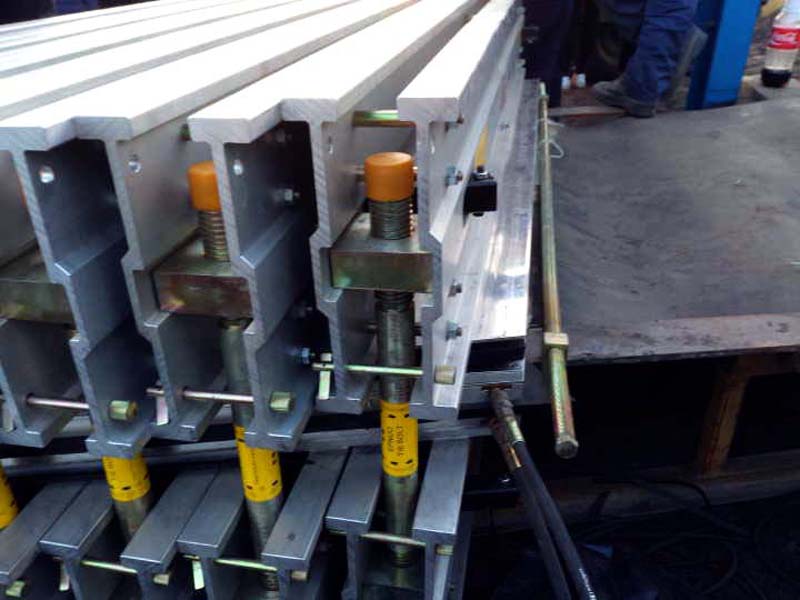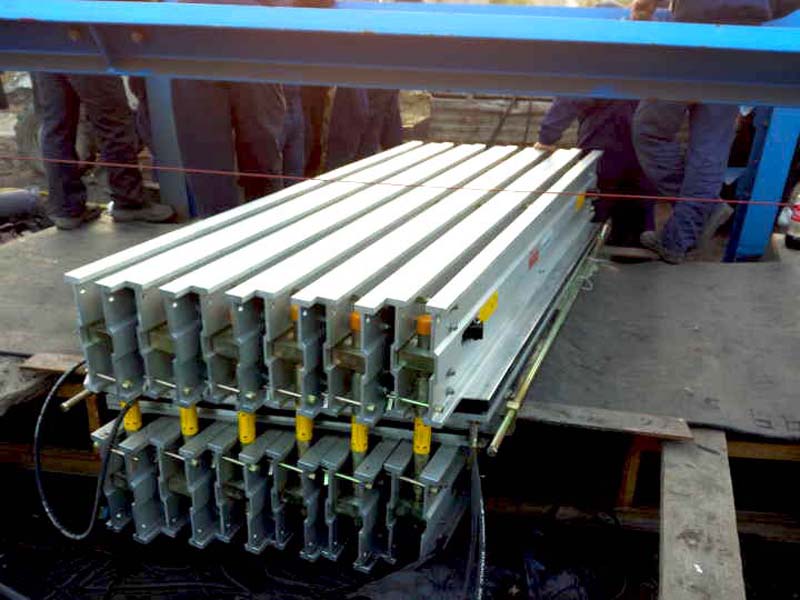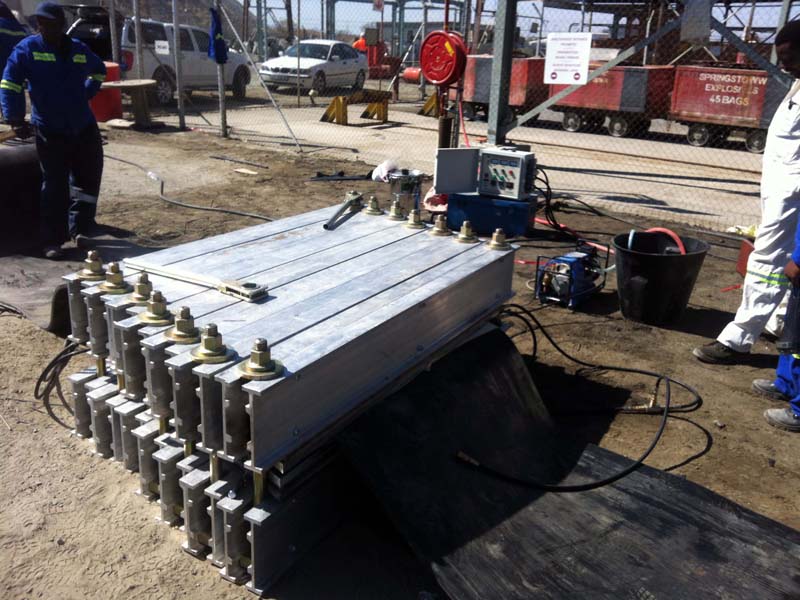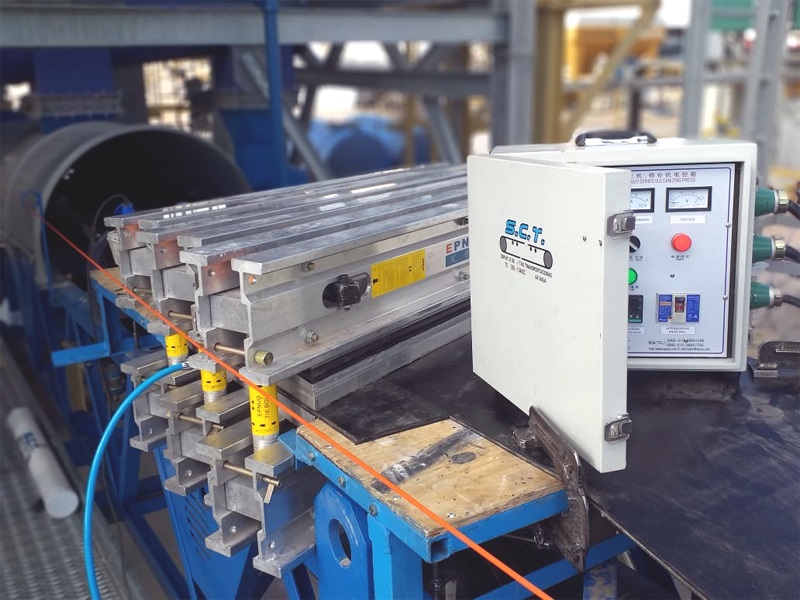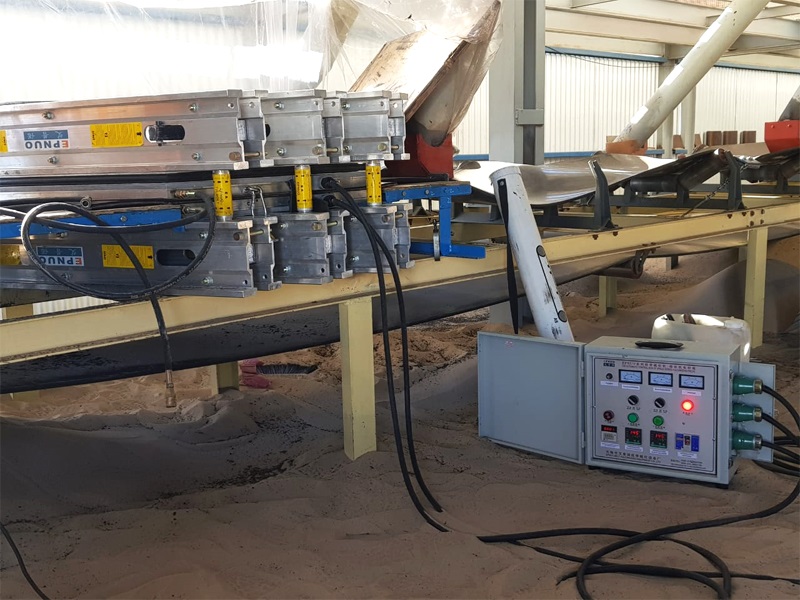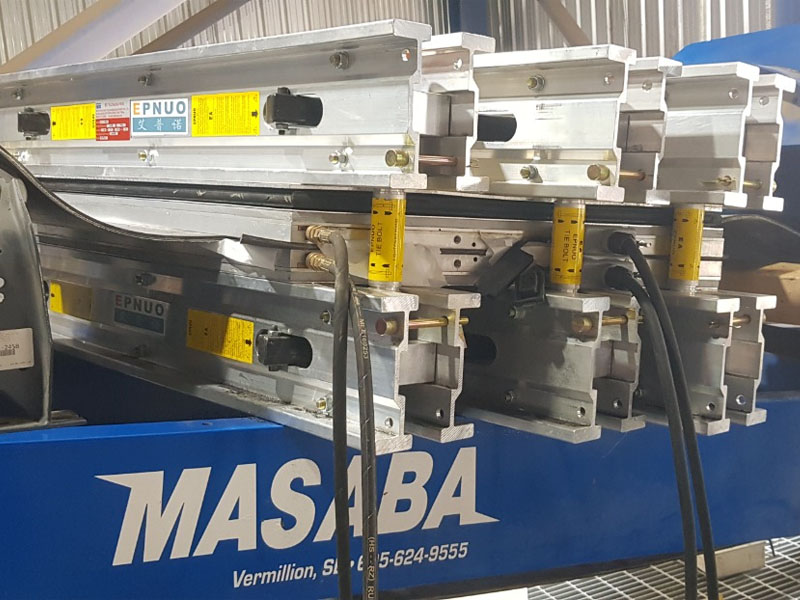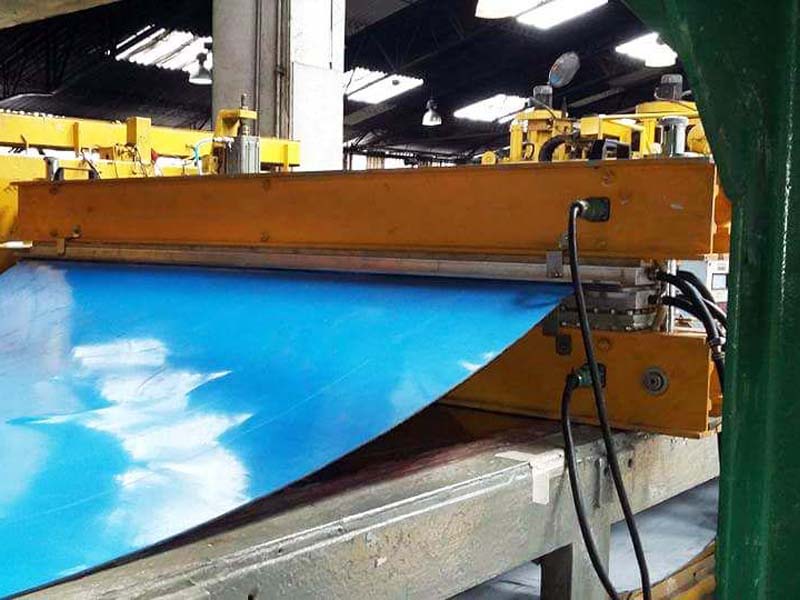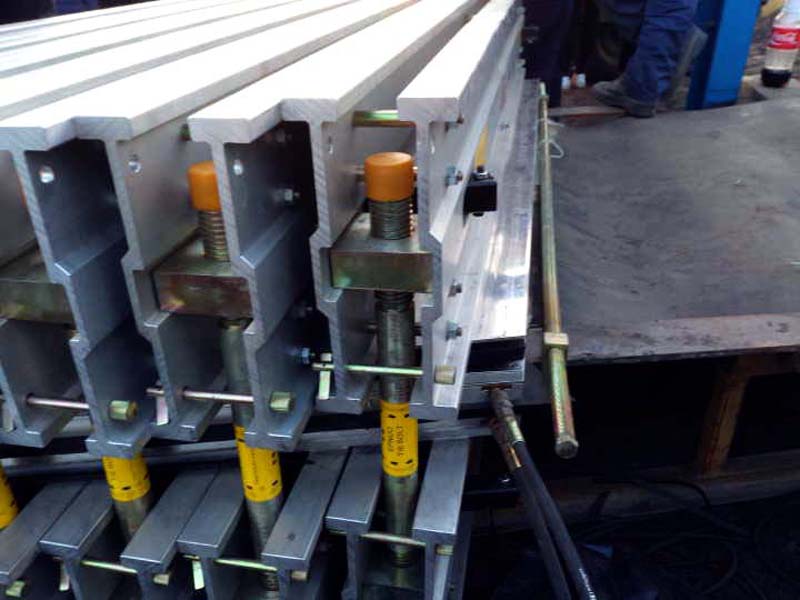How to deal with the noise emitted by the vulcanization machine
A vulcanizing machine is a machine that vulcanizes various rubber and plastic products, with functions such as active pressure filling, punctual mold locking, active timing, active temperature control, and alarm at that time. The vulcanization machine is divided into three forms: electric heating, steam heating, and heat transfer oil heating. When the electric motor of the vulcanization machine is working, the oil enters the oil pump from the oil storage tank filter, and then enters the control valve through the oil pump discharge pipe. If the manual valve is in a closed position, the oil enters the oil cylinder through the control valve and oil pipe, causing the plunger to rise. As mentioned earlier, when the pressure reaches the specified value, if the motor stops working, the one-way valve will actively close, Then, keep the pressure inside the oil cylinder decreasing. If the manual valve is opened, there is a lifting channel and the self weight of the plunger, which presses the oil in the oil cylinder back to the storage tank through the manual valve and oil pipe of the oil cylinder. The hot plate descends, and the pressure gauge is controlled on the control valve and connected to the hydraulic cylinder.
The oscillation and noise problems in the hydraulic system of the vulcanizing machine pose a great threat to the equipment. Timely detection and removal of oscillation and noise problems are of great significance in improving the reliability of the entire hydraulic system components and reducing the occurrence rate of equipment faults.
During the use of the vulcanizing machine, due to the wear of hydraulic pump parts, lack of flow rate, large gaps, and easy pressure fluctuation, noise can also be caused; Oil viscosity is a problem. If the oil viscosity is too high, oil absorption resistance will be added, which is easy to show cavitation, resulting in a lack of pressure and flow; If the viscosity of the oil is too low, it will increase leakage, decrease volumetric efficiency, and absorb air, forming an impact, and then oscillate, causing noise.
The main reasons for the noise generated by the vulcanization machine are as follows:
① The pressure pulsation and flow pulsation of the hydraulic pump form oscillation of the pump components. If the fundamental frequency and resonant frequency of the hydraulic pump are consistent with the natural frequency of mechanical or hydraulic systems, the noise will greatly increase
② Due to mechanical reasons, such as imbalanced rolling parts, poor bearings, and bending of pump shafts, mechanical vibrations can cause mechanical noise; During the operation of hydraulic pumps, when the oil suction chamber suddenly communicates with the oil pressure chamber, or when the oil pressure chamber suddenly communicates with the oil suction chamber, a sudden change in pressure occurs, and their impact on noise is particularly significant
③ When the pressure in the oil suction chamber of the hydraulic pump is lower than the air separation pressure at the temperature of the oil, the air dissolved in the oil precipitates and becomes bubbles. When this type of oil with bubbles enters the high-pressure chamber, the bubbles are broken, forming a local high-frequency pressure impact, and then causing noise.
④ The channel inside the pump has sudden expansion and contraction of the cross-section or sharp turns. If the channel area is too small, it will cause liquid turbulence, vortices, and jets, and then increase the noise.


 英语
英语 英语
英语

